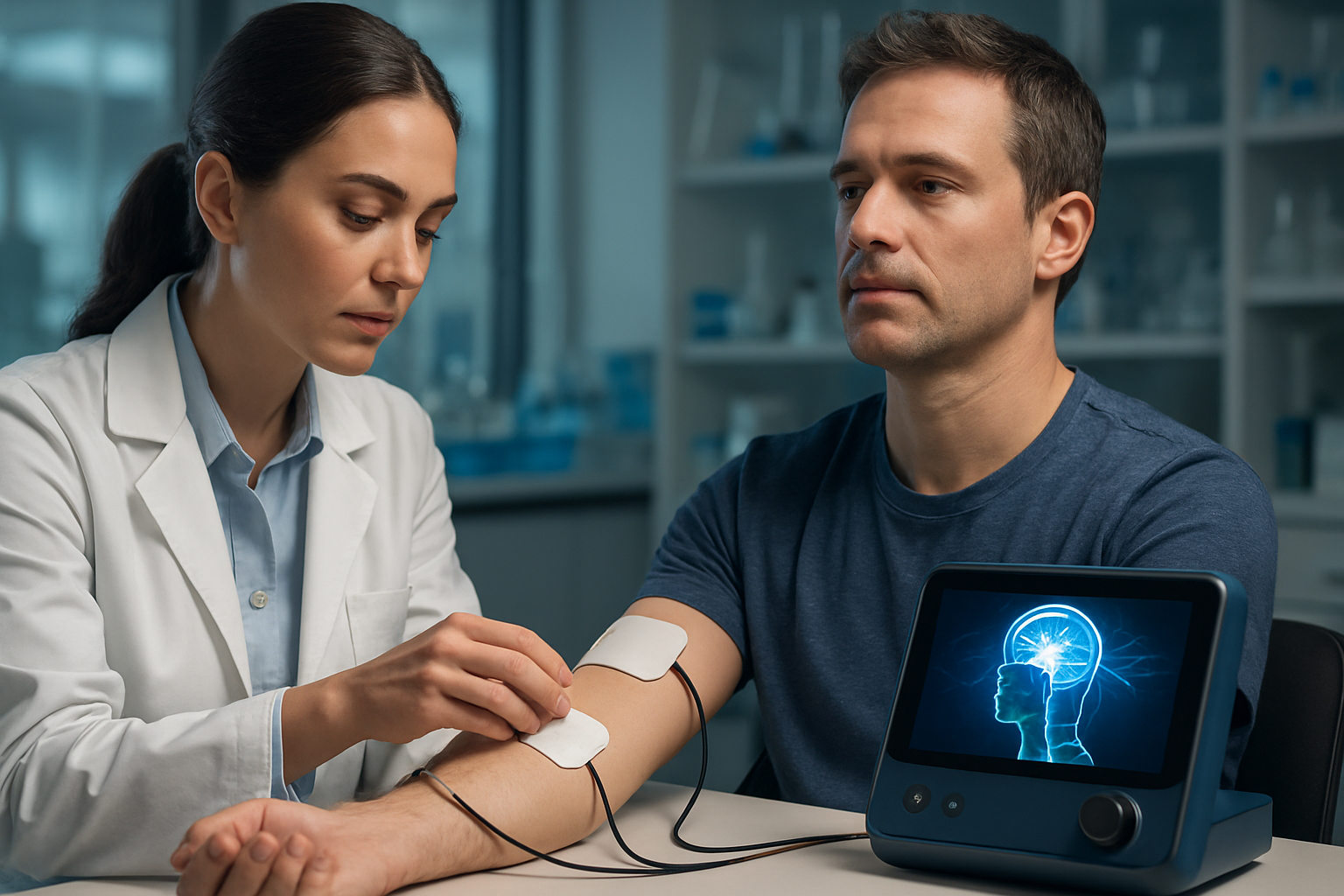A Comprehensive Guide to Parkinson's Therapies and Medical Advances
Parkinson's disease is a progressive neurological disorder that affects millions of people worldwide. As our understanding of this complex condition evolves, so do the treatment options available to patients. This comprehensive guide explores current therapies, innovative approaches, and emerging medical advances in Parkinson's treatment, offering hope and insight for those affected by the disease.

What are the primary treatment approaches for Parkinson’s disease?
The cornerstone of Parkinson’s treatment is medication management. Levodopa, often combined with carbidopa, remains the gold standard for addressing motor symptoms. Dopamine agonists, MAO-B inhibitors, and COMT inhibitors are also commonly prescribed to manage symptoms and reduce medication side effects. Additionally, non-pharmacological approaches such as physical therapy, occupational therapy, and speech therapy play crucial roles in maintaining function and quality of life for Parkinson’s patients.
How does deep brain stimulation (DBS) work for Parkinson’s?
Deep brain stimulation has emerged as a powerful surgical option for Parkinson’s patients who experience fluctuations in medication effectiveness or severe side effects. DBS involves implanting electrodes in specific areas of the brain, typically the subthalamic nucleus or globus pallidus. These electrodes deliver controlled electrical impulses that can significantly reduce tremors, rigidity, and other motor symptoms. While not a cure, DBS can dramatically improve quality of life for many patients and potentially reduce reliance on medications.
What innovative therapies are being developed for Parkinson’s?
Researchers are exploring several cutting-edge therapies to address Parkinson’s disease. Gene therapy approaches aim to deliver beneficial genes directly to affected brain areas, potentially slowing disease progression or improving symptom management. Stem cell therapies, which involve transplanting dopamine-producing cells into the brain, show promise in restoring lost neural function. Additionally, targeted protein therapies are being developed to address the accumulation of alpha-synuclein, a protein believed to play a key role in Parkinson’s pathology.
How are wearable technologies and AI improving Parkinson’s care?
The integration of wearable devices and artificial intelligence is revolutionizing Parkinson’s treatment. Smart watches and sensors can now track tremors, gait, and other motor symptoms in real-time, providing valuable data to clinicians and allowing for more personalized treatment adjustments. AI algorithms are being developed to analyze this data, potentially predicting symptom fluctuations and optimizing medication schedules. These technologies not only enhance clinical care but also empower patients to take a more active role in managing their condition.
What role does lifestyle modification play in Parkinson’s management?
While not a replacement for medical treatment, lifestyle modifications can significantly impact Parkinson’s symptoms and overall well-being. Regular exercise, particularly activities that challenge balance and coordination, has been shown to improve motor function and potentially slow disease progression. Nutritional strategies, such as a Mediterranean-style diet rich in antioxidants, may offer neuroprotective benefits. Stress reduction techniques, including mindfulness meditation and yoga, can help manage non-motor symptoms like anxiety and depression, which are common in Parkinson’s patients.
What are the latest advancements in Parkinson’s research and treatment?
Recent years have seen exciting developments in Parkinson’s research and treatment options. One notable advancement is the use of focused ultrasound technology for non-invasive treatment of tremors. This approach allows for precise targeting of brain areas without the need for surgical incisions. Another promising area of research involves the gut-brain axis, with studies exploring the potential role of the microbiome in Parkinson’s progression and the possibility of developing probiotic therapies.
| Treatment Approach | Key Features | Potential Benefits |
|---|---|---|
| Medication Management | Levodopa, dopamine agonists, MAO-B inhibitors | Symptom control, improved motor function |
| Deep Brain Stimulation | Surgical implantation of electrodes | Reduced tremors, decreased medication needs |
| Gene Therapy | Delivery of beneficial genes to brain | Potential disease modification, symptom improvement |
| Wearable Technologies | Smart watches, motion sensors | Real-time symptom tracking, personalized care |
| Lifestyle Modifications | Exercise, diet, stress reduction | Improved overall well-being, potential neuroprotection |
| Focused Ultrasound | Non-invasive tremor treatment | Precise symptom targeting without surgery |
Prices, rates, or cost estimates mentioned in this article are based on the latest available information but may change over time. Independent research is advised before making financial decisions.
The landscape of Parkinson’s treatment continues to evolve, offering new hope for patients and their families. From established therapies to cutting-edge research, the field is advancing rapidly. While a cure remains elusive, these comprehensive approaches to Parkinson’s care are improving quality of life and expanding treatment options for those living with the disease. As research progresses, the future of Parkinson’s treatment looks increasingly promising, with personalized, multimodal approaches paving the way for better outcomes and enhanced patient care.
This article is for informational purposes only and should not be considered medical advice. Please consult a qualified healthcare professional for personalized guidance and treatment.




